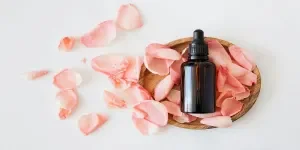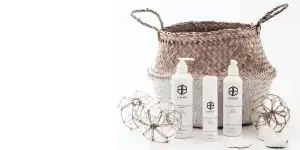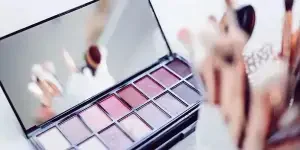Applying makeup requires several processes, but prepping the skin creates the right canvas to start emphasizing one’s beauty. How women prepare their bare skin determines how their makeup will stay on their faces.
After using a moisturizer, female consumers usually reach for makeup primers as facial makeup really is incomplete without them.
This article will provide some insights that retailers can use to profit from the primer market, as well as highlighting what consumers look for when purchasing primers in 2024.
Table of Contents
Makeup primers: an overview of the market
What’s the role of makeup primers in makeup routines?
Types of makeup primers
Considerations worth noting to attract women in 2024
Final words
Makeup primers: an overview of the market
In 2021, experts valued the global makeup primer market at USD 1.99 billion. However, they expect it to grow by 8.1% compound annual growth rate (CAGR) from 2022 to 2030. Beauty and lifestyle awareness is a significant driver for the primer market. Online engagement is also helping to boost demand for these cosmetic products.
In addition, increased spending among the global female population and rising adoption by beauty salons/clinics are also propelling revenue growth for the global primer market. Check out these stats for more information on the worldwide market:
- Foundation primers dominated the product type segment, accounting for the largest revenue in 2021.
- Water-based primers also emerged with a larger revenue share than silicone-based variants in 2021.
- North America holds the largest regional market share due to the rising demand for beauty/cosmetic products, lifestyle changes, and increased median household income.
What’s the role of makeup primers in makeup routines?
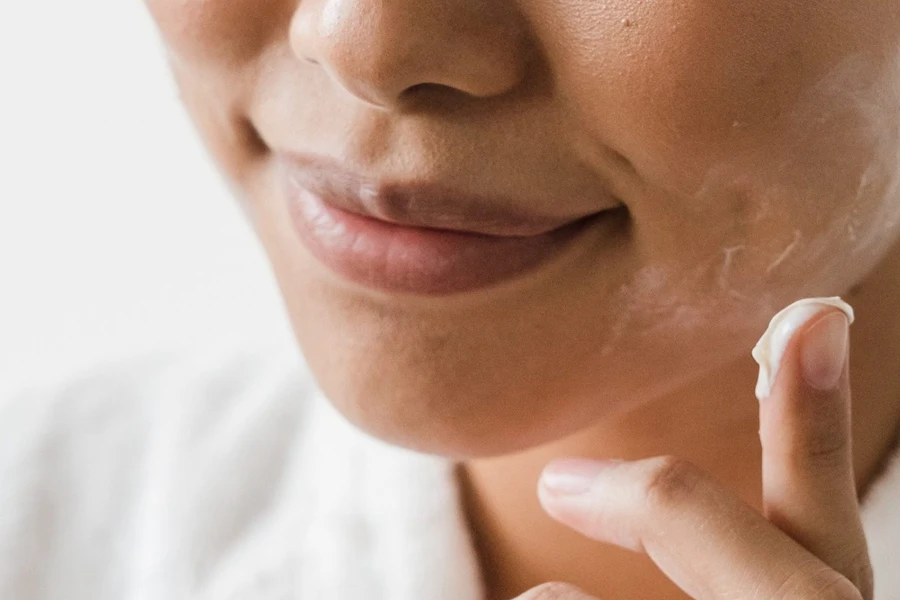
Consumers get frustrated when their makeup melts away after a few hours. Some even hate when their makeup highlights their skin concerns. But that’s because they apply their products on bare skin.
If makeup is like painting, primers are the canvas. They create a barrier between the user’s skin and makeup, helping it stick better and increase wear time.
But that’s not all these desirable products can do. Makeup primers can help consumers combat skin concerns like dryness, sensitivity, or excess oil.
They can also handle blurring out wrinkles and fine lines while covering up notorious pores. The goal here is to make the look seamless and flawless!
Types of makeup primers
Primers come in different varieties with various effects to help prepare faces for makeup. Here’s a look at all the primer types:
Matte primers
Matte primers are the go-to for smoothing fine lines and blurring pesky pores—they also help increase foundation wear time. These primers contain silicone to give them their mattifying nature.
The silicone in matte primers also helps fill out pores, creating a smooth, even texture for smooth face makeup application. Moreover, matte primers are tacky, allowing them to secure foundations and concealers—no more makeup melting!
Hydrating primers
These primers are like the opposite of matte variants. Instead of filling out pores, hydrating primers do what their name says: moisturizing the skin. Usually, they come with moisturizing oils and nourishing ingredients like antioxidants and hyaluronic acid.
Other than moisturizing the skin, these primers ensure the skin receives enough nourishment to eliminate dry patches. The result of these pesky dry patches is usually cakey and creased makeup, but hydrating primers help prevent all that.
Illuminating primer
Not all primers aim to solve skin concerns. Some just help add that “glow” to makeup looks—the perfect description for illuminating primers.
Illuminating primers are similar to silicone (matte) primers but add a hint or sheen instead of a complete mattifying look. So, using foundation on top, these primers will create a lovely, dewy, and glass-like appearance for special occasions and events.
Color correcting primer
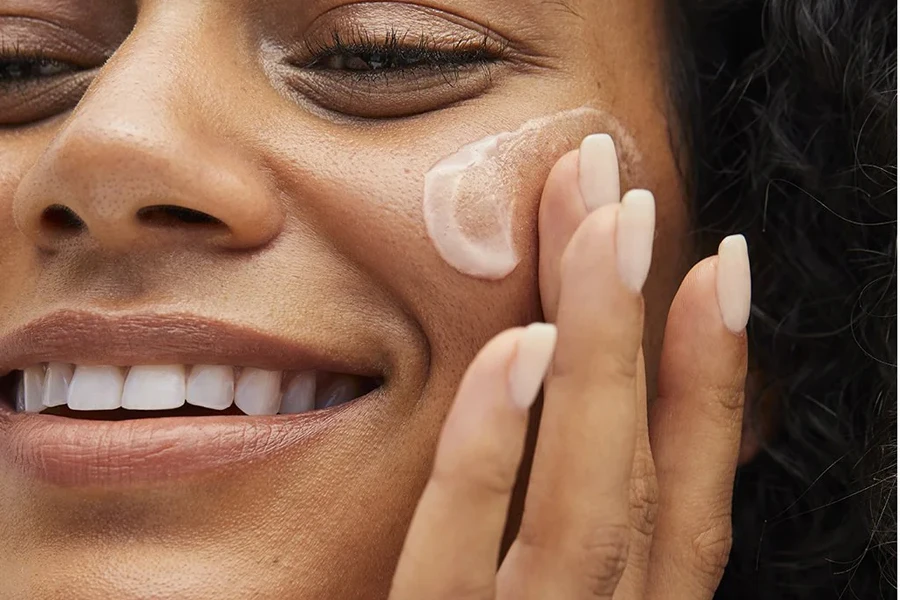
If consumers struggle with under-eye dark circles or rosacea, they’ll use color-correcting primers. These products contain colors that help correct uneven colors and subdue the skin’s undertone.
For example, green color-correcting primers will help counteract redness on the face. In other words, redness won’t seep through the user’s foundation.
Gel-based face primers
These are the most common primer formulas available. Although gel primers are helpful for sensitive skin, they suit skin types. Plus, they’re incredibly easy to apply and achieve a smooth base.
Silicone-free face primers
Silicone-based primers have incredible benefits. But most makeup pushes for less silicone due to its comedogenic nature (more acne and blackhead breakouts).
For this reason, silicone-free primers are gaining incredible momentum, with water-based primers leading the charge. While water-based primers are great for hydrating the skin, they also help achieve a smooth look.
Anti-aging face primers
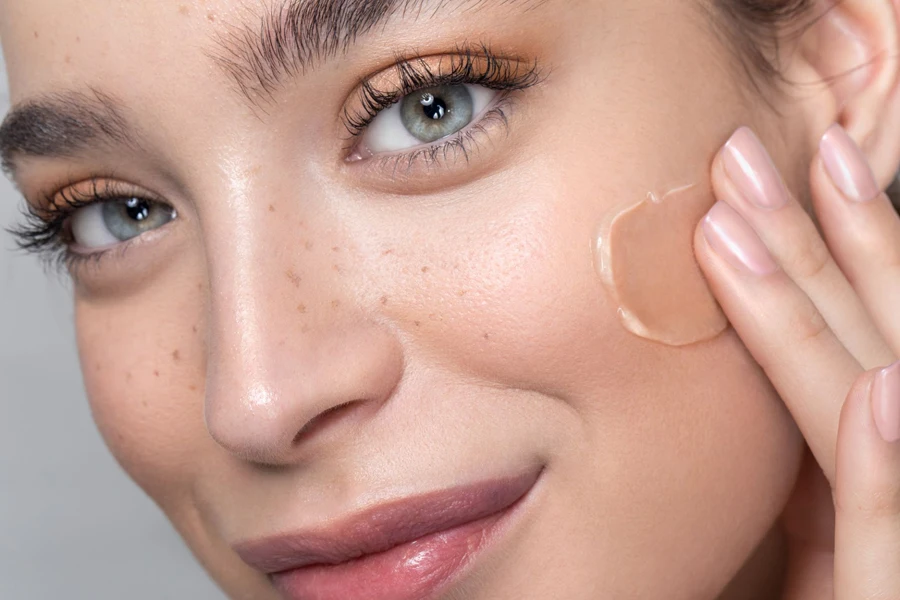
Think of regular primers but with in-built anti-aging formulas—that’s the best way to describe these amazing primers.
Most anti-aging face primers are silicone-free, containing essential hydrating ingredients like vitamins, antioxidants, and fatty acids. These ingredients easily help women maintain a young and healthy face.
Considerations worth noting to attract women in 2024
Primers for oily skin
Consumers complaining about shiny or greasy makeup a few hours after application likely have oily skin. So, looking for face primers, they’ll search for formulas containing excess sebum control. The top picks here are matte or oil-free primers.
To cater to these consumers, businesses must prioritize primers with ingredients like salicylic acid to handle the excess oil and a mattifying effect to keep the shine at bay.
And, if the skin is breakout or blemish-prone, stocking up on non-comedogenic primers will attract these consumers. Such primers help prevent unwanted breakouts and spots, keeping one’s skin happy and healthy.
Primers for dry skin
Dry-skinned consumers complain about itching and flakiness, so they avoid mattifying primers. Instead, they’ll go for hydrating primers containing ingredients like hyaluronic acid.
Consumers with dry skin need an intense hydration boost during makeup routines, making hydrating primers their top solution. These primers will also leave their skin looking radiant and dewy—a win-win situation for dry skin!
Some illuminating primers also help ladies with dry skin. They may help lock in moisture and stop the skin from losing its moisture. Hence, these consumers use illuminating primers to uplift their dull complexion.
Primers for combination skin
Combination-skinned consumers need a bit of everything. They search for primers that balance their dry and oily areas without feeling too heavy or greasy.
For this reason, offering lightweight, hydrating formulas will be the perfect choice for combination skin. These formulas will help counteract excess shine on the T-zone while hydrating the skin appropriately.
Primers for sensitive skin
Things can easily go wrong for consumers with sensitive skin, so they’re extra careful with the makeup products they use, including primers. To prevent their skin from appearing red and itchy all the time, sensitive-skinned women prioritize hypoallergenic ingredients.
They also prefer fragrance and paraben-free primers with cool and soothing formulas, like gel-based variants. On the other hand, if these ladies constantly deal with skin redness, green color-correcting primers can help them refine their skin’s look and feel.
Final words
Ladies don’t need to apply makeup products on their bare skin anymore. They can use primers to ensure their natural skin conditions won’t affect their final look.
These products are not just popular on paper. Their Google data shows they’ve racked up considerable interest in 2024. Primers have attracted 825,000 searches in January, proving they’re a worthwhile investment this year.
But hold those horses. Remember to consider the target consumer’s skin type before investing in makeup primers. Alternatively, retailers can stock up on a bit of everything to cater to everyone’s requirements.

